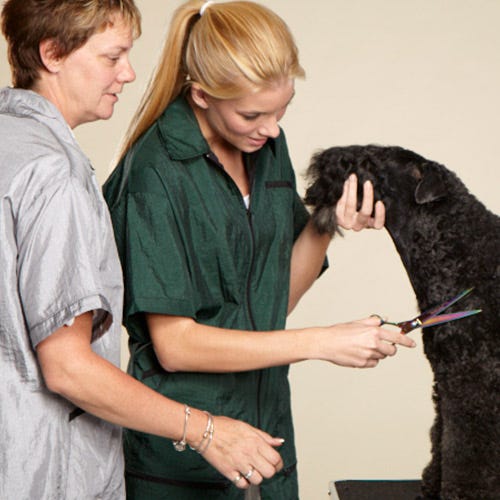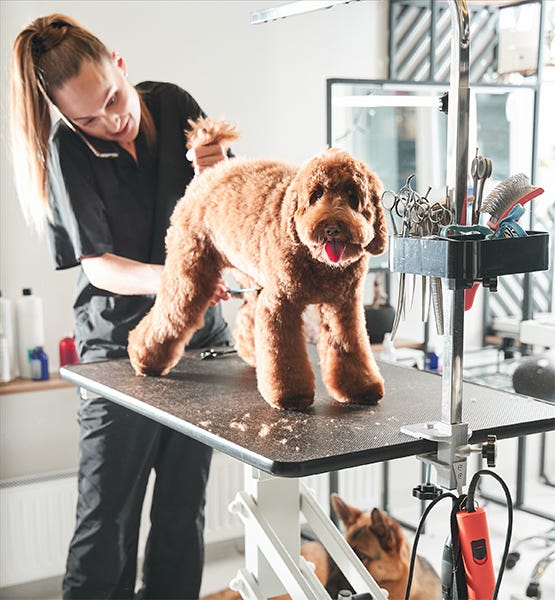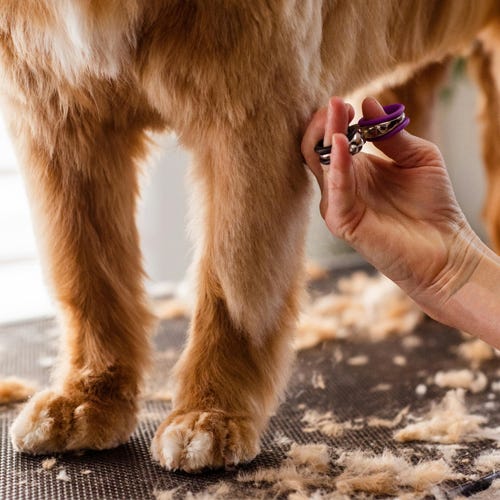If you work in a grooming business with other people, chances are that there will be some conflict between coworkers at some point. Conflict situations can affect people's productivity in the workplace and, if left unresolved, can cause permanent ill-will that may make one or more employees leave the business. It is difficult to find accomplished pet care professionals, so keeping harmony in the workplace is important.
- Ideally, problems should be dealt with promptly. Ignoring a problem often causes the unhappy person(s) to fret and stew, perhaps making more of the issue than is necessary.
- Discussions between participants should be taken somewhere private, and grievances should never be aired where other employees or customers can hear the conversation.
- Conversations need to be in person, face to face, never via a text message. Good communication is much easier and clearer when the people involved can see one another and have the input of tone of voice and body language while discussing a conflict.
- Both parties need to listen carefully to each other, repeating back what they heard the other person say to be sure they understand each other fully.
- Practice the three “R’s.” Recognize the problem, respond to the situation, and resolve it.
- In a perfect situation, the employees who are having a conflict can discuss the problem and come to a solution on their own. If this is impossible, bringing a manager in to help work through the difficulty is necessary.
Here is an example. Beth is a recently hired bather in a busy grooming salon. Ally is a groomer and a long-time staff member. Ally is unhappy that many of the dogs Beth has washed still have dirty faces when she places them on the grooming table. Ally approaches Beth while Beth is working on a dog and says, “I need you to really scrub those faces. I can’t make them look cute unless they are very clean.” Other employees hear this conversation, and Beth is embarrassed and feels belittled.
A far better result would have occurred if Ally approached Beth between pets and asked to talk to her. Heading to a breakroom or even outside for some privacy, Ally could have explained that the pet's faces must be perfectly clean before the groomer can make them look good. She could have empathized with the new bather, that she understood washing around little eyes and nostrils can be intimidating, and maybe have explained that using tearless shampoo or a special facial product (if available)
and a small brush or washcloth might help Beth feel more confident when cleaning heads and faces. This approach would help ensure that Ally got the results she wanted (clean faces) and that Beth was properly educated as the which techniques and products would work best to achieve clean fur in that tricky area.
Clear, compassionate communication is important in all our interactions, especially in the workplace.












